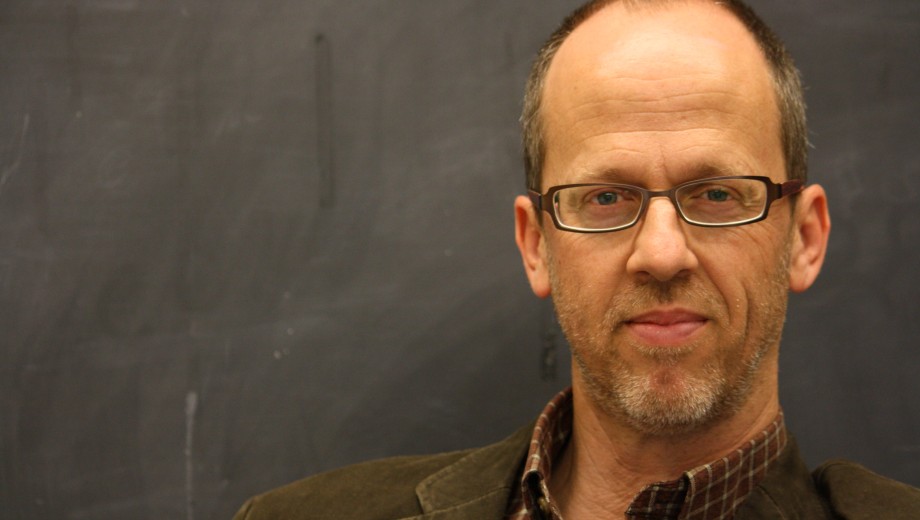Because it reminds us of the human costs of war. During the Napoleonic Wars that provide half of the novel’s title, some 600,000 men entered Russia, and the Russians countered with forces numbering over 400,000. At the battle of Borodino, armies of more than 100,000 on each side faced off, with the result of 70,000 casualties. This was the largest battle of the Napoleonic campaigns and the bloodiest of the entire nineteenth century. Napoleon returned to France after the long march through the Russian winter with an army estimated at somewhere between 10,000 and 70,000.
Because it is a national narrative. I live in a part of Chicago’s Edgewater neighborhood that is full of Russians who I meet all the time while I’m out and when I’m walking my dog. When we begin conversing in Russian and I tell them what I do, it is inevitably the beginning of a conversation about Tolstoy. Russians talk about this novel as if the characters really lived and played a decisive role in shaping their national character—which, arguably, they did.
Because it examines the cult of the great man. Two great novels dealing with the theme of Napoleon emerged from Russia simultaneously. Dostoevsky’s Crime and Punishment appeared in 1865, the same year that the first installments of Tolstoy’s novel appeared serially. Both authors were concerned with the issue of an individual with too much power, but also with the implications of assigning this sort of authority to the individual as such. These novels thus address the problem of liberalism, which has always been viewed with skepticism in Russia.
Because it is epic—and not in the sense in which the term is now often used, to mean “grand.” Tolstoy was interested in the epic tradition, and contemporary scholars agree with his comparison of his novel to the Iliad. George Steiner, AB’48, refers to the work’s “archaic splendor” and its other Homeric features: “dialog between urban and pastoral settings, a dispassionate yet affirming treatment of life, an anthropomorphic image of reality, and an immanent realism rooted in the senses.” Many scenes in the novel, but especially the hunt and the battle at Borodino, evoke the epic mode explicitly.
Because you can participate in the great Tolstoy translation wars. From 2005 to 2007, three new translations of War and Peace appeared. I cannot recommend the Andrew Bromfield translation, as it represents an early draft of the novel. Anthony Briggs produced what many feel to be the best translation currently available in terms of readability, while Richard Pevear and Larissa Volokhonsky offer an alternative that stays as close to the original text as possible. More recently, Amy Mandelker revised the classic Maude translation, restoring the French passages, reverting to what has become accepted as the definitive structure of the novel, and adding a wonderful set of additional notes. This is still a fine translation for readers who prefer a text produced by contemporaries and indeed, friends, of Tolstoy. I prefer the Pevear and Volokhonsky translation because it is most faithful to the original; they do not try to “clean up” Tolstoy.
Because it is modern in its treatment of war, the personality, and epistemology. During the Crimean War, as a 26-year-old sublieutenant, Tolstoy participated in the Sevastopol campaign, in which modern warfare emerged more clearly. Perhaps this helped him recognize the significance of asymmetrical methods, but the idea that the old order is breaking down applies to much more than what takes place on the battlefield. The novel’s philosophical conclusions herald the advent of a new age.
Read the first part of this article here.

